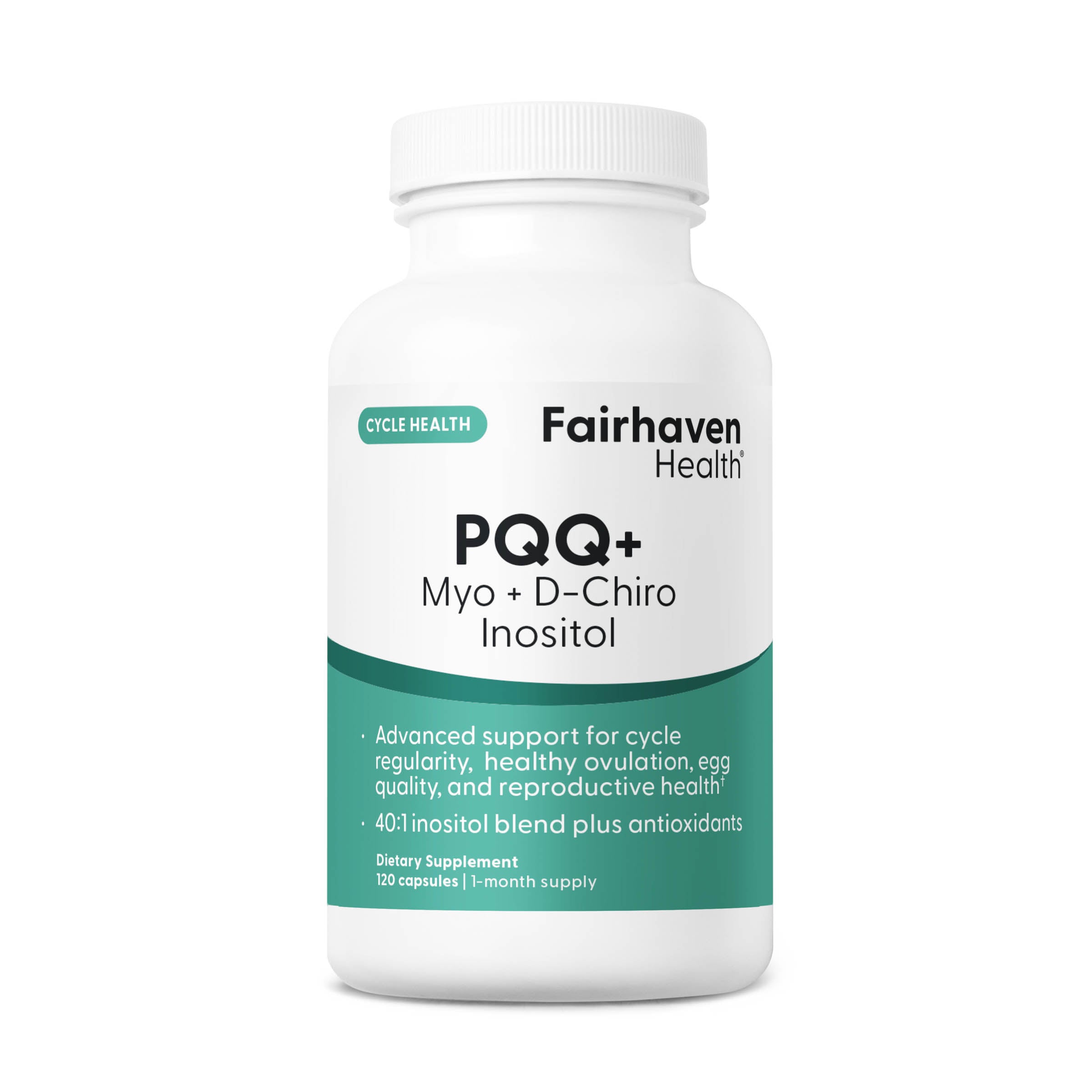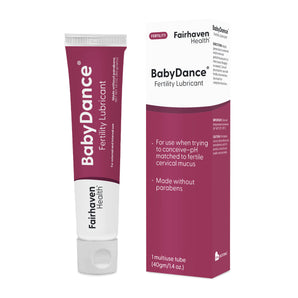Cervical Mucus Analysis in Ovulation Prediction
The presence and tactile consistency of a woman's cervical fluid undergoes a number of changes during her menstrual cycle. By observing changes in cervical fluid, a woman can predict ovulation - her most fertile time for conceiving a baby.
One of the purposes of cervical mucus - during the fertile period - is to sustain sperm in a healthy medium, to allow sperm to move freely through the cervix. Logically, there will be an increase in cervical mucus at ovulation, as well as a change in texture - the mucus becoming more pliable, "stretchable", and slippery. (Two popular products that are designed to address issues relating to lack of cervical mucus include FertileCM and BabyDance Fertility Lubricant.)
Using clean fingers, or if you prefer, toilet paper, you can examine your cervical fluid. Prior to ovulation, during non-fertile periods, the woman will experience a dryness (or lack of cervical mucus). Gradually, as the woman approaches ovulation, the mucus will increase, though the consistency will be "sticky" and the color will be white, yellow, or cloudy in nature.
Directly prior to ovulation, cervical fluid will increase greatly, and now the mucus will be semi-transparent, slippery, with the consistency of "raw egg white". This is your most fertile period and ovulation will take place at about this time.
Below you will find an overview of the changes that will take place in your cervical fluid throughout your cycle.
Pre-Ovulation
Following the menstrual period, there is a feeling of dryness. There will be no visible mucus. Gradually, more mucus will accumulate - yellow, cloudy, or white in color and sticky to the touch.
Approaching Ovulation
As you approach ovulation, your cervical mucus will increase. First, there will be a moistness or stickiness to the mucus, as well as a white or cream-colored appearance.
During Ovulation
At ovulation, the quantity of mucus will increase greatly and the appearance will resemble "egg whites", often semitransparent. The texture will become increasingly slippery and 'stretchable'. This is your most fertile time.
Following Ovulation
Following ovulation, the slippery quality of the cervical mucus will decrease and the mucus will become sticky and cloudier. Post-ovulatory dryness will also ensue.
Additionally, while examining changes in cervical fluids, you may also consider observing cervical position. Like changes in cervical fluids, changes in your cervix are also an indicator of ovulation and fertility.







